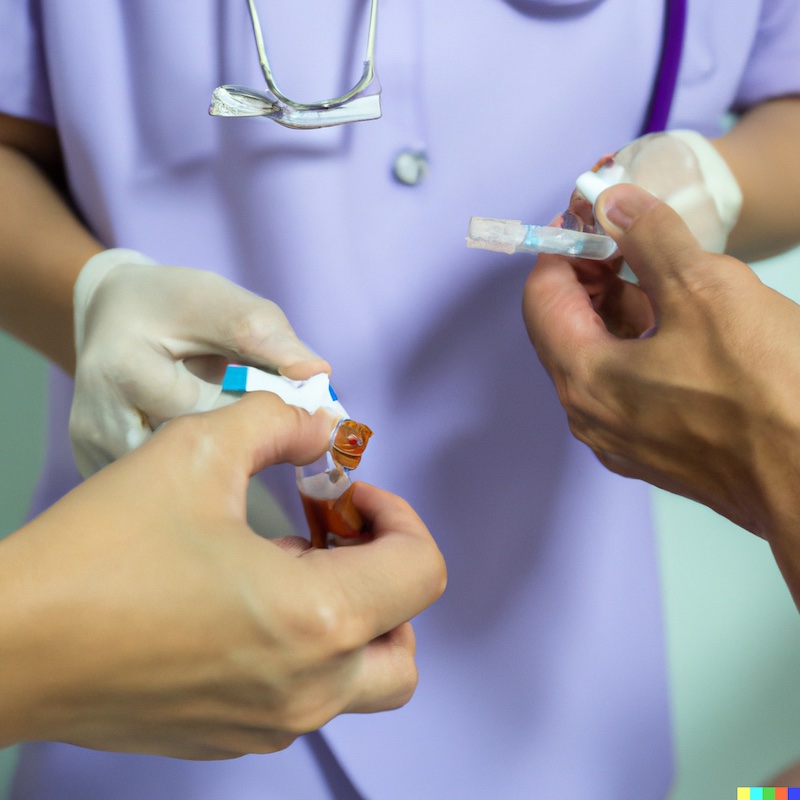Comprehensive Dual Diagnosis Treatment Approaches
The complexity of dual diagnosis – where an individual faces both a mental health issue and a substance abuse disorder – necessitates a comprehensive, integrative treatment approach. This article delves into the essence of dual diagnosis and the best practices for its treatment.
What is Dual Diagnosis?
Dual diagnosis, also known as co-occurring disorders, describes a condition where an individual is diagnosed with both a mental health disorder (like depression, anxiety, or bipolar disorder) and a substance use disorder. These intertwined conditions often have a complex, bidirectional relationship, where each can exacerbate the symptoms of the other, complicating diagnosis and treatment.
The Importance of Integrated Treatment
Integrated treatment is a holistic approach that addresses both the mental health disorder and the substance use disorder concurrently. This approach is considered the gold standard in dual diagnosis treatment because it views the individual as a whole, rather than dividing their treatment based on individual diagnoses.
Research indicates that treating both conditions together leads to better outcomes, such as improved functioning, fewer hospitalizations, and reduced substance use. It also enhances patient satisfaction and quality of life.

Components of Dual Diagnosis Treatment Approaches
A successful treatment plan often includes several key components:
1. Medical Detoxification: Medical detox is usually the first step in treating substance use disorders. It involves supervised withdrawal from substances, with medical interventions to manage withdrawal symptoms and ensure the individual’s safety.
2. Psychotherapy: Psychotherapy, including cognitive-behavioral therapy (CBT), dialectical behavior therapy (DBT), and other therapeutic approaches, is crucial in addressing both the mental health and substance use aspects of dual diagnosis. It helps individuals understand their disorders, develop coping strategies, and work towards recovery.
3. Medication Management: Medications can play a crucial role in managing mental health symptoms and supporting sobriety. Proper medication management ensures the safe and effective use of these tools in the recovery process.
4. Peer Support Groups: Peer support groups, such as SMART Recovery or other mutual aid groups, provide a community of individuals facing similar challenges. These groups can offer emotional support, shared experiences, and coping strategies.
5. Family Therapy: Family involvement can significantly contribute to successful treatment. Family therapy educates family members about dual diagnosis, enhances their communication skills, and helps them support their loved one’s recovery.
6. Aftercare Planning: Aftercare planning prepares individuals for life after treatment, helping them maintain recovery and prevent relapse. This might include ongoing therapy, support group participation, and other community resources.
The Role of Specialized Treatment Centers
Dual diagnosis requires specialized treatment centers with trained professionals who understand the intricacies of co-occurring disorders. These centers should provide integrated treatment, tailored to each individual’s unique needs and circumstances.
The most effective treatment centers also promote a recovery-oriented system of care (ROSC), a coordinated network of community services and supports that promote recovery and overall well-being. This system reinforces the treatment and ensures long-term support and care.
Conclusion
Dual diagnosis is a complex condition that demands a comprehensive, integrated treatment approach. By treating both the mental health disorder and the substance use disorder simultaneously, healthcare providers can help individuals achieve more successful, sustained recovery. The journey to recovery is undoubtedly challenging, but with the right support, treatment, and understanding, it is absolutely achievable.

